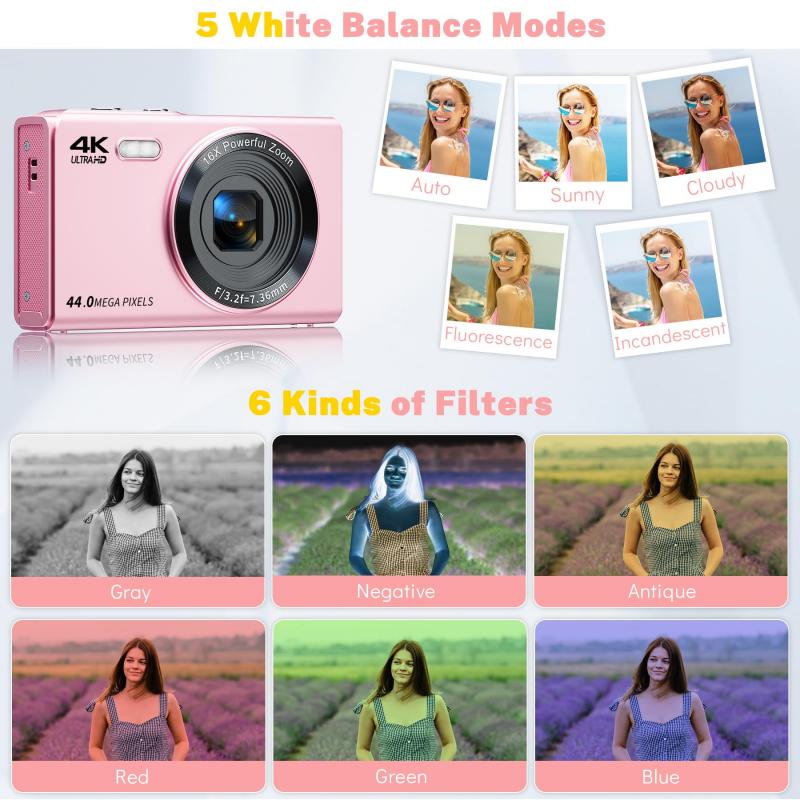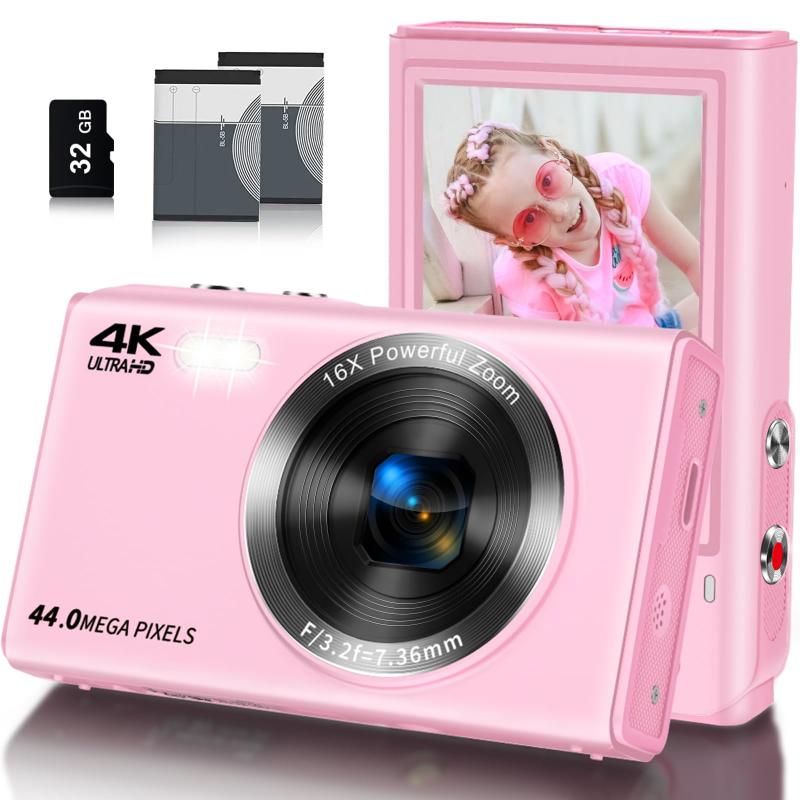Digital Camera How Does It Work?
Digital cameras have revolutionized the way we capture and share moments, offering a blend of convenience, quality, and versatility that traditional film cameras could never match. Understanding how digital cameras work can help you make better choices when purchasing one and improve your photography skills. This article delves into the mechanics of digital cameras, explaining the key components and processes that enable them to capture stunning images.
The Basics of Digital Cameras

At its core, a digital camera is a device that captures light and converts it into digital data. This data is then processed to create an image that can be viewed, edited, and shared. The primary components involved in this process include the lens, image sensor, and image processor.
The Lens

The lens is the first point of contact for light entering the camera. It focuses light onto the image sensor, much like the human eye focuses light onto the retina. Lenses come in various types, including fixed, zoom, and interchangeable lenses, each offering different levels of flexibility and control over the captured image.
- Fixed Lenses: These are built into the camera and cannot be changed. They are typically found in compact cameras and smartphones.
- Zoom Lenses: These allow you to adjust the focal length, enabling you to zoom in and out without changing the lens.
- Interchangeable Lenses: Found in DSLR and mirrorless cameras, these lenses can be swapped out to suit different shooting conditions and styles.
The Image Sensor

The image sensor is the heart of a digital camera. It captures the light focused by the lens and converts it into electrical signals. There are two main types of image sensors: CCD (Charge-Coupled Device) and CMOS (Complementary Metal-Oxide-Semiconductor).
- CCD Sensors: Known for their high image quality and low noise, CCD sensors are often used in professional-grade cameras. However, they consume more power and are generally more expensive to produce.
- CMOS Sensors: These are more common in consumer-grade cameras due to their lower cost and power consumption. Advances in technology have significantly improved the image quality of CMOS sensors, making them a popular choice for many photographers.
The Image Processor

Once the image sensor captures the light and converts it into electrical signals, the image processor takes over. This component processes the raw data, applying various algorithms to enhance the image quality. Tasks performed by the image processor include noise reduction, color correction, and sharpening. The processed image is then stored on a memory card or other storage medium.
How Digital Cameras Capture Images
The process of capturing an image with a digital camera involves several steps, each crucial for producing a high-quality photograph.
Step 1: Light Enters the Camera
When you press the shutter button, the camera's lens opens to allow light to enter. The amount of light that enters is controlled by the aperture, a small opening in the lens. The size of the aperture can be adjusted to control the exposure, or the amount of light that reaches the image sensor.
Step 2: Light Hits the Image Sensor
The focused light then hits the image sensor, which is covered with millions of tiny light-sensitive elements called pixels. Each pixel measures the intensity and color of the light, converting it into an electrical signal. The more pixels an image sensor has, the higher the resolution of the captured image.
Step 3: Image Processing
The electrical signals generated by the image sensor are sent to the image processor. Here, the raw data is converted into a digital image. The image processor applies various adjustments to improve the image quality, such as correcting for color imbalances, reducing noise, and enhancing sharpness.
Step 4: Storing the Image
Once the image has been processed, it is saved to a memory card or other storage medium. Most digital cameras use SD (Secure Digital) cards, but other formats like CF (CompactFlash) and XQD are also available. The stored image can then be viewed on the camera's LCD screen, transferred to a computer, or printed.
Advanced Features and Technologies
Modern digital cameras come equipped with a range of advanced features and technologies that enhance their functionality and performance.
Autofocus
Autofocus systems automatically adjust the lens to ensure that the subject is in sharp focus. There are two main types of autofocus systems: contrast-detection and phase-detection.
- Contrast-Detection: Common in compact cameras and smartphones, this system measures the contrast between adjacent pixels to determine focus. It is slower but more accurate in low-light conditions.
- Phase-Detection: Found in DSLR and mirrorless cameras, this system splits the incoming light into two separate images and compares them to determine focus. It is faster and more accurate for moving subjects.
Image Stabilization
Image stabilization technology helps reduce the effects of camera shake, resulting in sharper images. There are two main types of image stabilization: optical and digital.
- Optical Stabilization: This system uses gyroscopic sensors to detect camera movement and adjusts the lens or image sensor to compensate.
- Digital Stabilization: This system uses software algorithms to reduce the effects of camera shake, often by cropping and repositioning the image.
High Dynamic Range (HDR)
HDR technology captures multiple images at different exposure levels and combines them to create a single image with a greater dynamic range. This results in more detail in both the highlights and shadows, producing a more balanced and realistic photograph.
Burst Mode
Burst mode allows you to capture a series of images in quick succession by holding down the shutter button. This is particularly useful for capturing fast-moving subjects, such as in sports or wildlife photography.
Choosing the Right Digital Camera
With so many options available, choosing the right digital camera can be overwhelming. Here are some factors to consider when making your decision:
Purpose
Consider what you will primarily use the camera for. If you need a camera for casual photography, a compact or smartphone camera may suffice. For more serious photography, a DSLR or mirrorless camera with interchangeable lenses may be a better choice.
Budget
Digital cameras come in a wide range of prices, from affordable point-and-shoot models to high-end professional cameras. Determine your budget and look for a camera that offers the best features and performance within your price range.
Features
Consider the features that are most important to you, such as resolution, autofocus performance, image stabilization, and connectivity options. Make sure the camera you choose meets your specific needs and preferences.
Brand and Support
Different brands offer different levels of quality, reliability, and customer support. Research the reputation of the brand and read reviews from other users to ensure you are making a wise investment.
Understanding how digital cameras work can help you make informed decisions when purchasing a camera and improve your photography skills. By knowing the key components and processes involved in capturing an image, you can better appreciate the technology behind these remarkable devices. Whether you are a casual photographer or a seasoned professional, the right digital camera can help you capture and share your world in stunning detail.
